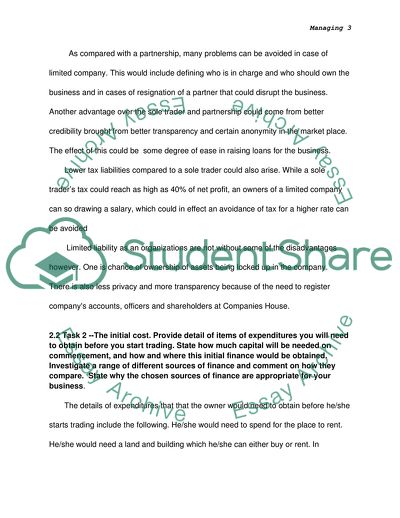Cite this document
(Managing financial resource and decisions Essay, n.d.)
Managing financial resource and decisions Essay. https://studentshare.org/finance-accounting/1775297-managing-financial-resource-and-decisions
Managing financial resource and decisions Essay. https://studentshare.org/finance-accounting/1775297-managing-financial-resource-and-decisions
(Managing Financial Resource and Decisions Essay)
Managing Financial Resource and Decisions Essay. https://studentshare.org/finance-accounting/1775297-managing-financial-resource-and-decisions.
Managing Financial Resource and Decisions Essay. https://studentshare.org/finance-accounting/1775297-managing-financial-resource-and-decisions.
“Managing Financial Resource and Decisions Essay”. https://studentshare.org/finance-accounting/1775297-managing-financial-resource-and-decisions.


